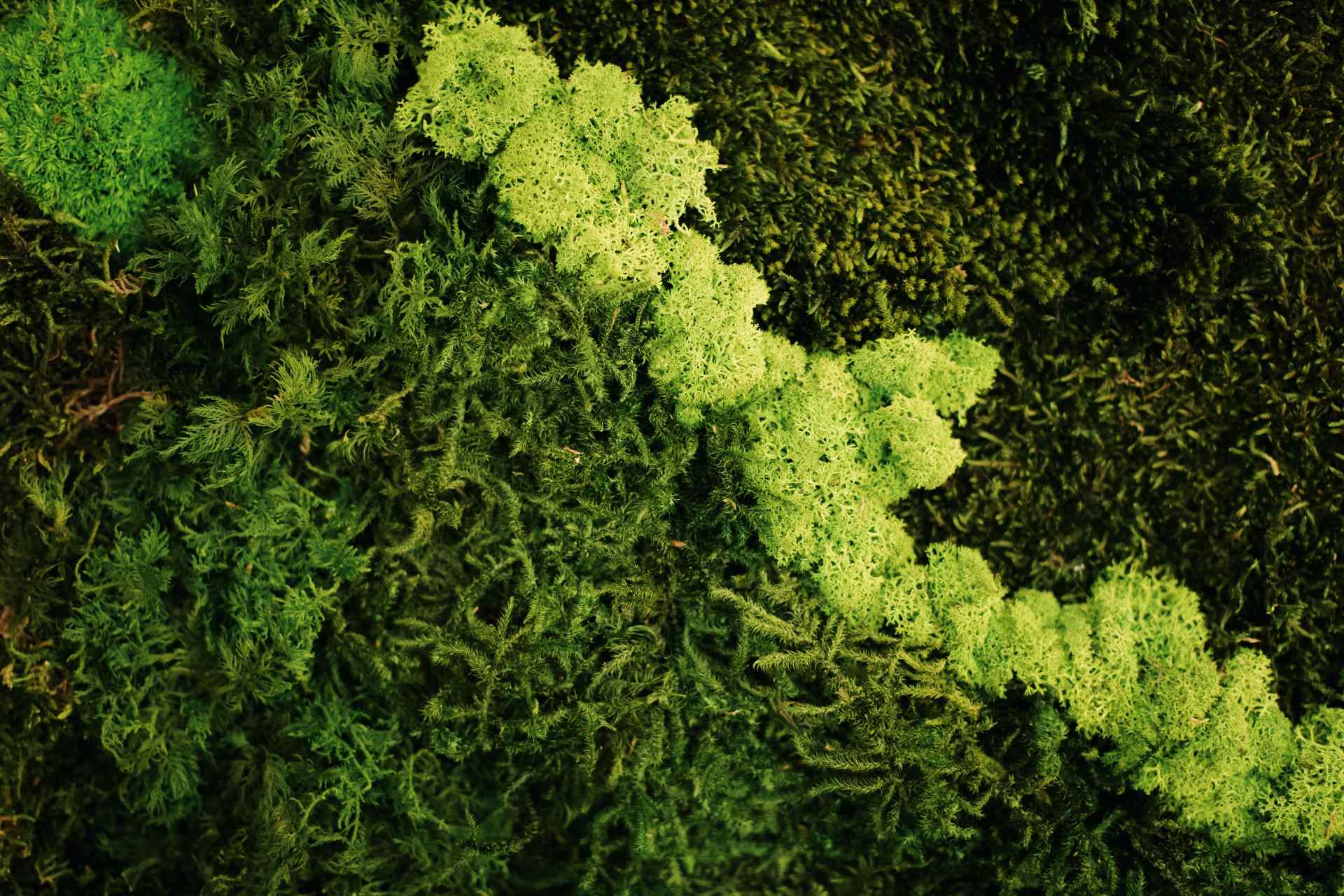
How to Tell the Difference Between a Cavity and a Stain on Your Teeth



Are you unsure whether you have a cavity or a stain on your teeth? If so, read on for some helpful tips. Cavities and stains can both make parts of your teeth look darker. But the two conditions have several key differences. To understand them, first, let's take a look at what cavities and stains are.
It can be difficult to tell the difference between a cavity and a stain as they share some similarities. Cavities can look like stains, but often they appear as small cavitated brown or black spots on teeth. If you do have a cavity, you can experience other symptoms along with it, such as pain, sensitivity, gum disease, etc. Stains can vary in size and display as brown, yellow, or off-white in color, and sometimes can be removed from brushing. If you began to notice a change in the color of your teeth, you should make an appointment with us at our South Edmonton dental clinic, Newbury Dental, or discuss it with us at your next scheduled appointment.
It can be tough to determine the difference between a cavity and a stain, but with a little help from these tips, you'll be able to spot the difference quickly. When it comes to a stain, the stain located on the inside of the teeth will usually have an orange or brown hue to it. Tooth stains can be caused by many things, but the main culprits are coffee, red wine, and juice. When it comes to a stain, the stain located on the outside of the teeth will usually have yellow or white tones to it. So, next time you notice a stain on your teeth, don't panic - you can call the dentist for a professional opinion.
Tooth stains come in many different colors and shapes. The color of the stain can be dependent on the food or drink that was consumed, as well as other oral care products used (like toothpaste). Other colors may also be due to tea, coffee, and red wine staining teeth. Stains can often change shape over time - becoming, they can also cover more surface area of the tooth. Brown spots are the most common type of stain, which is caused by bacteria building up in the tooth socket. Knowing what causes your particular type of stain will help you treat it effectively!
Cavities can cause multiple symptoms, typically these symptoms will include, pain or discomfort, inflammation or swelling, bleeding of the gums, sensitivity to hot or cold, bad breath, and/or bad taste. If you experience any of these symptoms on an ongoing basis, you may have tooth decay.
Tooth discoloration is a sign that there is something wrong with your teeth. It can be the result of cavities, decay, or an imbalance in the levels of oral acids. If you experience pain when chewing or see any other symptoms such as toothaches, it's important to get evaluated by a dentist. Teeth may also become discolored if too much acid builds up in your saliva and starts eating away at the enamel on your teeth. In addition to this, brown patches on the surface of teeth indicate decay has taken place - so brushing and flossing every day are even more crucial!
If you're experiencing a toothache, it's best to get checked out by a dentist as soon as possible. Some of the symptoms that can indicate a dental problem include pain when chewing or biting, white spots on your tooth enamel (called dental tartar), a metallic taste in your mouth, and bad breath. If any of these symptoms are present, it's best to see an oral surgeon instead.
It's no secret that oral health is key - tooth decay and cavities are some of the most common health problems in the world. Going to regular appointments twice a year is typical for an average patient. This will help catch dental problems early and ensure that your oral health is optimal. Keep track of how many dental cleanings you've had in the past 6 months to stay on top of things. If you notice any changes in your teeth or gums, be sure to schedule an appointment ASAP. Checking for cavities and stains on a regular basis will help you spot any problems early and take the necessary steps to correct them. So, next time you're brushing your teeth, be sure to look out for any cavities or stains and don't hesitate to call the dentist if you spot anything out of the ordinary.
Cavities and tooth stains are two common dental problems that can be difficult to identify. By understanding the signs listed below, you can easily identify the problem and take the necessary steps to address it. Make sure to visit your dentist on a regular basis to prevent tooth decay and tooth staining!

We look forward to meeting you! Call 780-760-3033, email info@newburydental.ca, or request an appointment online to set up your first visit. We’ll be in touch soon!